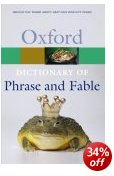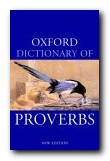traditional beliefs, customs, myths, and superstitions
How would you find out what myths are attached to hedgehogs – or about cures for warts? It’s no good looking in the excellent Brewer’s Dictionary of Phrase and Fable, because that deals with sayings and people, not beliefs and activities. This Dictionary of English Folklore is a compendium of national beliefs which describes in reasonably objective terms the customs, myths, and superstitions associated with traditional English culture.
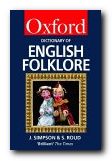 It excludes other parts of the British Isles on the grounds that Scotland, Ireland and Wales have their own languages, through which these beliefs have been transmitted. And if even a fraction of these beliefs are alive and well in the twenty-first century, it speaks volumes for the strength of tradition. It covers what it calls ‘oral and performance’ genres – such as cheese rolling, Morris dancing, and well dressing – which I can confirm are alive and popular in the part of England that I inhabit (except for the cheese rolling: we just eat it and have the oldest, Cheshire).
It excludes other parts of the British Isles on the grounds that Scotland, Ireland and Wales have their own languages, through which these beliefs have been transmitted. And if even a fraction of these beliefs are alive and well in the twenty-first century, it speaks volumes for the strength of tradition. It covers what it calls ‘oral and performance’ genres – such as cheese rolling, Morris dancing, and well dressing – which I can confirm are alive and popular in the part of England that I inhabit (except for the cheese rolling: we just eat it and have the oldest, Cheshire).
Mythical characters such as Robin Hood, Merlin, Beowulf, and father Christmas are examined – as well as what people believe about parts of the body. This includes the significance of certain fingers, the eyebrows, the nose, and especially the thumb – from ‘OK’ to ‘obscene’.
The significance of special days in the calendar are well documented – All Saints’ day, St Agnes’ Eve (especially significant for love) – and there are beliefs associated with simple items such as plants – cowslip, parsley, foxglove, and clover.
They also cover archaeological items such as Stonehenge, Camelot, and my own special favourite ever since I first cycled past it as a youth – the Cerne Abbas Giant.
The line the authors take is a reasonable compromise between detached description and sympathetic endorsement of these beliefs. They are not afraid to debunk some ideas – such as the belief that ‘Ring-a-ring-a-roses’ is connected with the Great Plague. (The first English versions were recorded in a New Year ceremony in Allendale, Northumberland, in which the men march through the village with blazing tar barrels – a custom which only started in 1858.)
So if you want to check out fairy rings, Devil’s hoofprints, frog showers, pancake races, sin-eating, and the special significance of Saturday – it’s all here. If there’s evidence, they give it. If not, they usually give it the benefit of the doubt. You can make up your own mind.
© Roy Johnson 2003
J. Simpson (ed), Dictionary of English Folklore, Oxford: Oxford University Press, 2003, pp.420, ISBN: 0198607660
More on dictionaries
More on language
More on literary studies
More on grammar
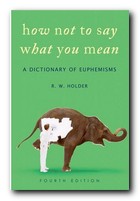
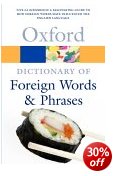
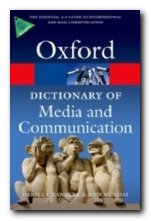 Does this mean that dictionaries in the form of printed books are obsolete? I think not – because for most people it’s still more convenient to reach a book off the shelf to solve a problem or look up a definition. And that’s quite apart from the secondary pleasure of reference books – making those serendipitous discoveries on adjacent pages.
Does this mean that dictionaries in the form of printed books are obsolete? I think not – because for most people it’s still more convenient to reach a book off the shelf to solve a problem or look up a definition. And that’s quite apart from the secondary pleasure of reference books – making those serendipitous discoveries on adjacent pages.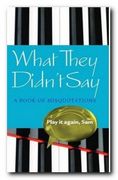
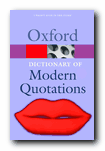
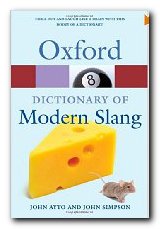 So this assembly of what’s current has a better chance than most of being directly relevant – though you should remember that in order to qualify for inclusion in a dictionary, words have to be written down, not simply spoken. OUP also stipulate that they have to remain there for some time before they are considered for inclusion in dictionaries
So this assembly of what’s current has a better chance than most of being directly relevant – though you should remember that in order to qualify for inclusion in a dictionary, words have to be written down, not simply spoken. OUP also stipulate that they have to remain there for some time before they are considered for inclusion in dictionaries
